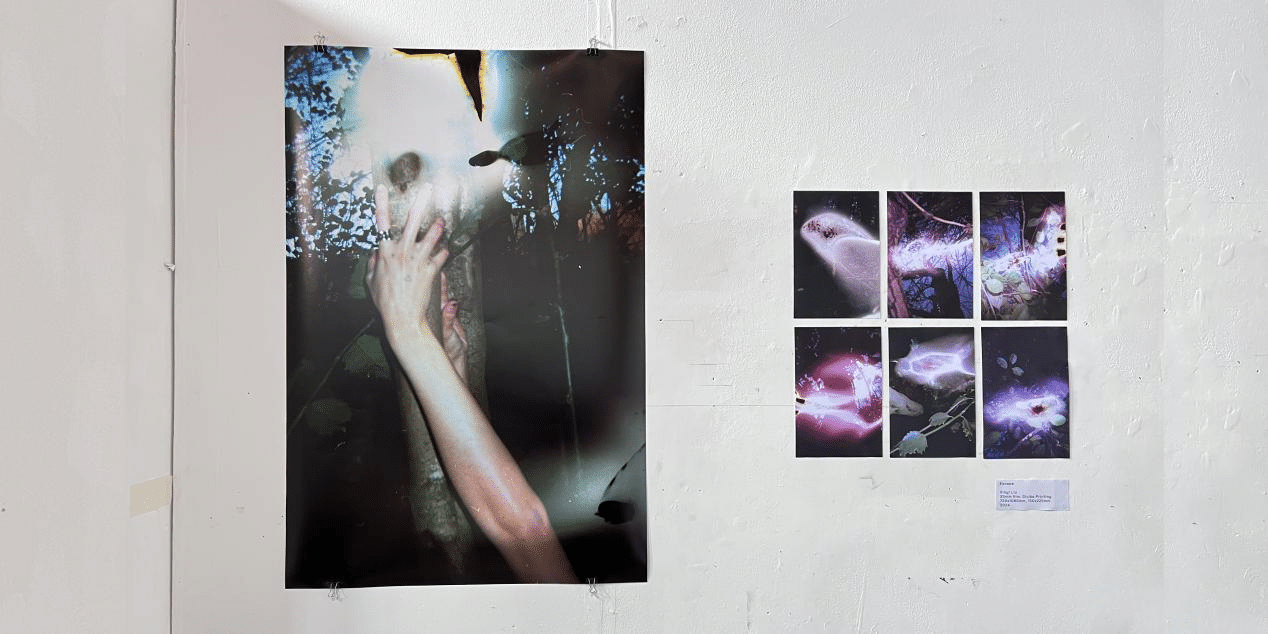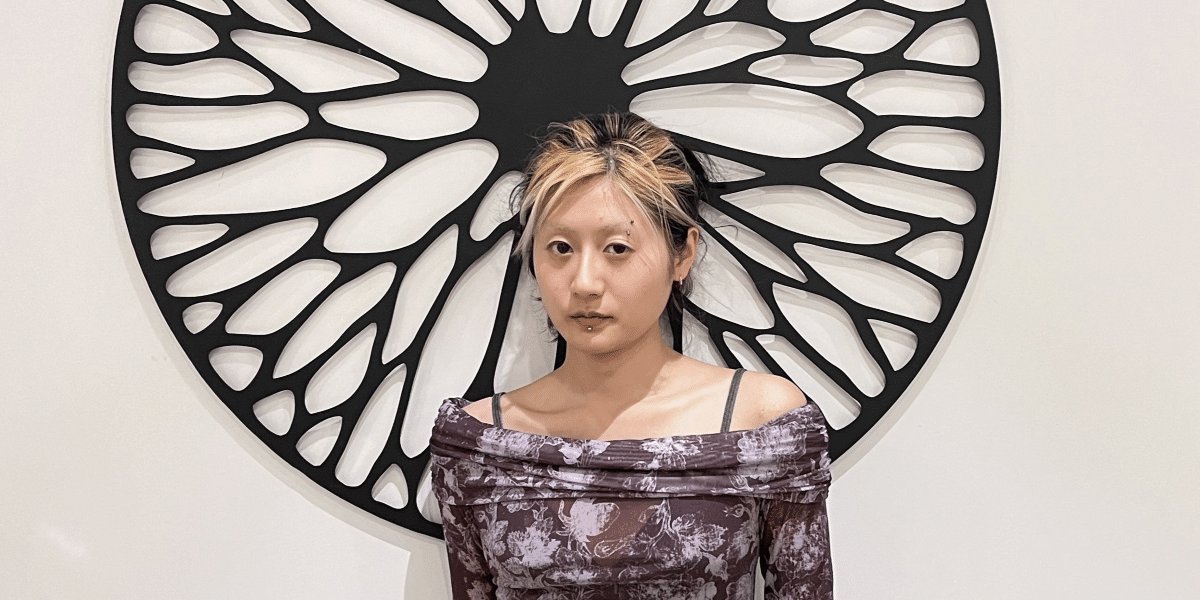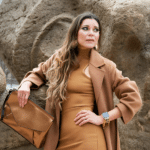By: Max Blue
In the expansive realm of contemporary art, photography serves as a powerful visual medium, continually challenging and extending the boundaries of art. Chinese photographic artist Xinyi Liu stands out in this field, delving into themes such as contemporary feminism, intimate relationships, and queer identity through her lens, narrating stories that are seldom known. Currently pursuing dual Master’s degrees in Photography at the Lu Xun Academy of Fine Arts and the Glasgow School of Art, her work has not only garnered academic recognition but has also received high acclaim on the international art stage.
Xinyi Liu’s artistic journey is one of constant exploration and experimentation. Her academic background provides a platform for in-depth study of photographic theory and practice. Her artistic endeavors focus on exploring the complex relationship between individuals and society, particularly in expressing gender identity and queer culture. These focal points reflect her sensitivity and critical thinking towards contemporary social issues.
Her international educational experiences offer her a unique perspective, allowing her to blend Eastern and Western art theories and practices. Thus, her work embodies a cross-cultural viewpoint, resonating with audiences globally. Her academic and creative journey has been acknowledged with several international awards, including the Bronze Award at the Hong Kong Contemporary Design Competition and the Bronze Award at the UK-China International Creative Competition. These accolades not only affirm her skills as a photographer but also highlight the influence of her work in the international art scene. Moreover, her profound thematic explorations have sparked widespread discussion in the art world. In 2023, at the ‘Relationship’ photography exhibition in London, she explored the position of individuals in intimate relationships and how these relationships shape individuals’ identities through a series of works on intimate relationships.
Technically and expressively, Xinyi Liu skillfully blends traditional film photography with modern digital techniques. Her work often showcases parts of the female body, employing strong color contrasts and suspenseful lighting to create captivating visual effects. This unique compositional method not only enhances the visual impact of her work but also deepens the audience’s contemplation of its themes. Through these techniques, Xinyi Liu successfully immerses viewers in her uniquely created world, making each frame rich with narrative and emotional expression.
In her works, “Chronicle of A Death Foretold” and “Escape,” Xinyi Liu exemplifies her artistic exploration. “Chronicle of A Death Foretold” explores the psychological tensions and conflicts within intimate relationships using art micro-spraying techniques. She focuses on overlooked or suppressed emotions such as unease, fear, and alienation, examining how these emotions form in daily life and their impact on individual behavior. Visually, Xinyi Liu uses light and shadow to create tension and uncertainty, often focusing the camera on everyday domestic scenes to reveal hidden emotional layers. Her composition pays close attention to details, such as focusing on a character’s hands or eyes, the enlargement of which conveys intense inner emotions. The title itself symbolizes premeditated emotional violence, challenging traditional views of intimate relationships and prompting deep reflection on the individual emotional world. This strong visual and thematic expression makes Xinyi Liu’s work not only visually striking but also emotionally challenging.

“Escape,” on the other hand, captures Xinyi Liu’s personal avoidance of and dilemma with intimate relationships through 35mm film. In this work, trees and Xinyi Liu’s body become the main visual motifs, symbolizing the contradictions between intimacy and detachment. Through these natural elements, she expresses a desire for independent space and explores the relationship between the individual and the environment. The similarity between the shapes of trees and the female torso provides a visual connection for the viewer, a connection that is enhanced in forest photography, where Xinyi Liu finds a way to express maternity and spirituality. The rich layers of light and shadow create a surreal atmosphere, reflecting her longing for another ideal world. These works, created during a period of depression, not only show her struggle with herself but also display her aversion to intimate relationships. The graininess of the film adds to the presence of the photos, allowing viewers to feel the authenticity of the scene while experiencing the transcendence and critique of photography as an art form. Through “The Escape Chronicles,” Xinyi Liu shows a way to escape reality while also exploring the consequences of evasion and the complexity of dealing with intimate relationships.

Through “Chronicle of A Death Foretold” and “Escape,” Xinyi Liu not only demonstrates her profound understanding of the complexities of intimate relationships but also expresses her delicate insight into the individual emotional world. Her work, by exploring the psychological and emotional layers of intimate relationships, invites everyone to reconsider the position and role of individuals in modern society.
Xinyi Liu’s artistic creation is not just an expression but also an exploration and a call to action. Her rich photographic language showcases the diversity and strength of contemporary women and injects new vitality and thought into the art world. As her work continues to unfold on the international stage, her photographic journey promises even more exciting future developments.
Published by: Khy Talara



















